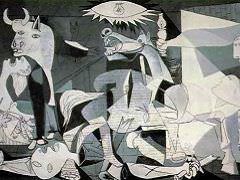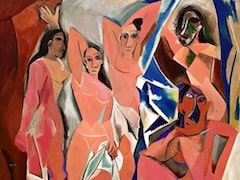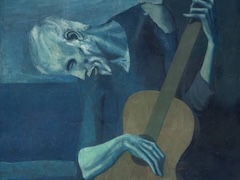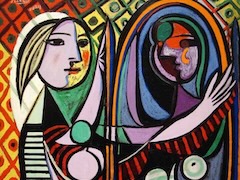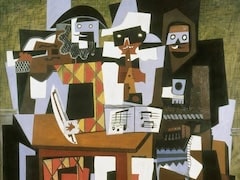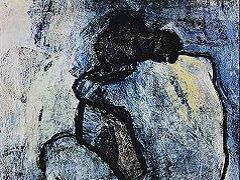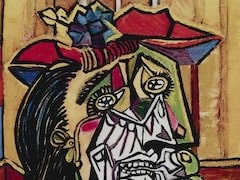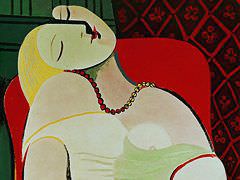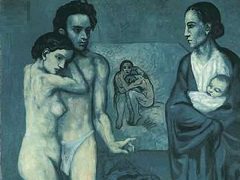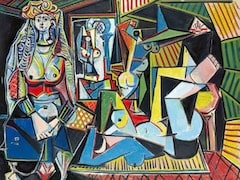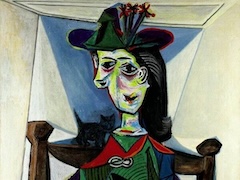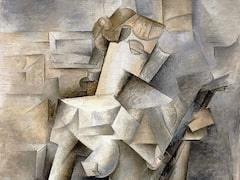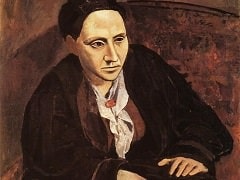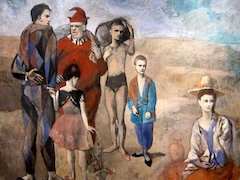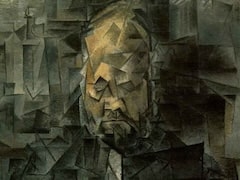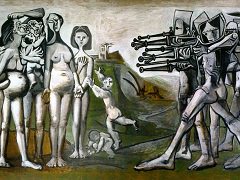The Blue Room, 1901 by Pablo Picasso
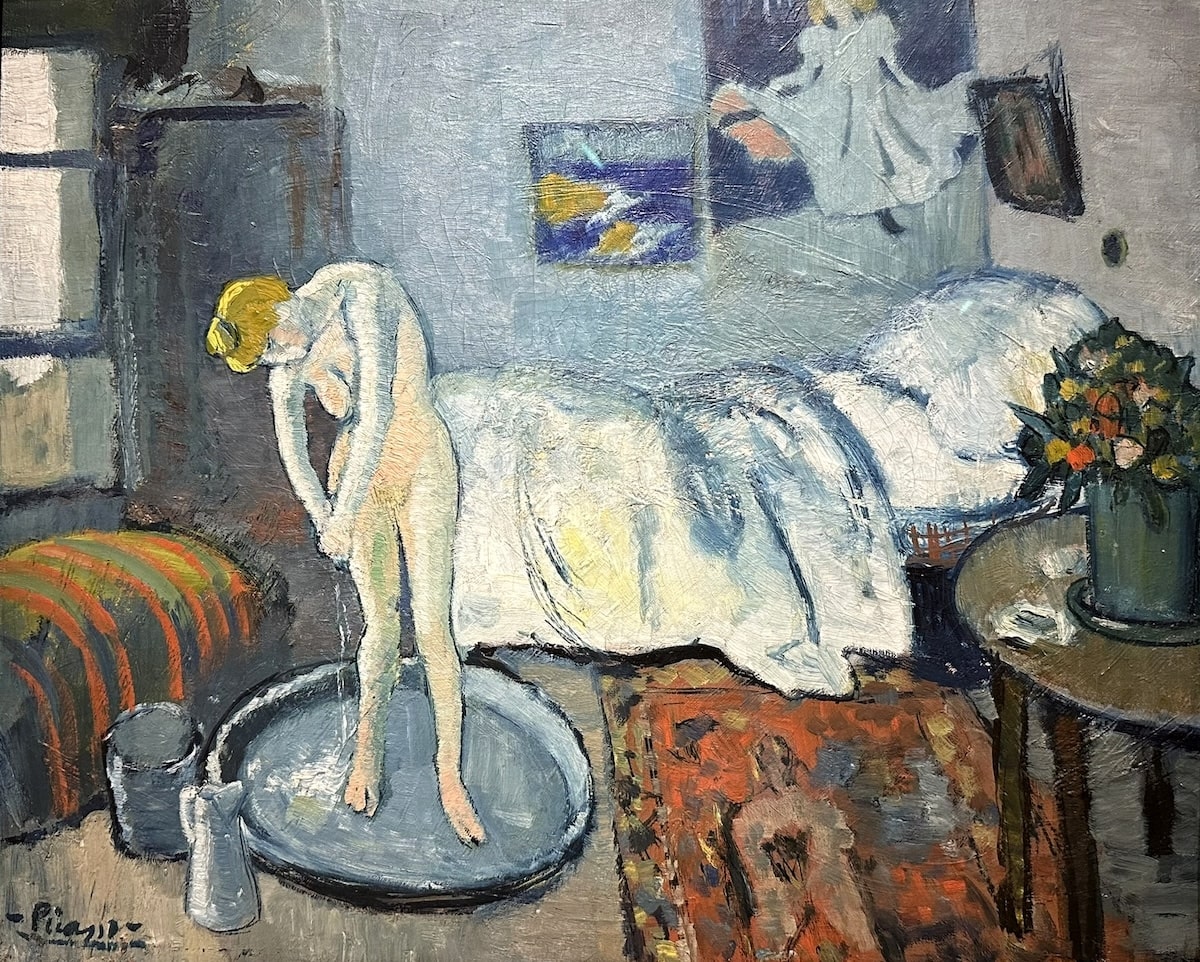
Picasso studied and took in the work of other painters during his long career. Picasso had a special admiration for impressionist Edgar Degas. There is no proof that the two ever met, despite the fact that they shared a Montmartre neighborhood for a number of years until Degas's death in 1917. However, it is evident that several of Picasso's first depictions of Paris mirrored the themes that define Degas's work: bathers, cabaret performers, and café patrons.
Picasso bought several of Degas’ controversial monotypes of brothels in 1958, which he regarded as “the best things [Degas] ever did.” In a sequence of etchings from 1971, Picasso imagined Degas himself in the same scene he had previously painted.
His apartment on the Boulevard de Clichy is shown in The Blue Room, a sparsely furnished room that serves as the background for a model taking a bath in a shallow tub. Picasso was interested in a variety of art forms and forms of entertainment at the period, as seen by the prominent poster by Toulouse-Lautrec that features the cabaret artist May Milton on the wall. More subtly, the model's posture also recalls many of the bathers that Degas painted in the 1890s, with Picasso's figure's steeply angled neck and shoulders reflecting their clumsy, contorting movements.
The Tub, an earlier piece by Degas in exceptionally large monotype, depicts the same kind of room as Picasso's in a similar state of casual mess, the same kind of tub.

